Basketball
Outback kids who opened my eyes
Standing in front of 15 Indigenous students at a school in Alice Springs, I prepared to make the most important speech of my life. At least that was my plan.
It was my first trip out to the red centre, and I’d been watching NBL legend Cal Bruton effortlessly capture the attention of kids all week, as part of our work with an organisation called Charity Bounce. We use basketball to break down barriers towards positive life, education and employment outcomes.
In a lot of these communities, they face challenges that most of us never have to. Things like alcohol and drugs ruining kids’ futures and damaging the connections they have with their communities and the land. It’s about showing them that there are always other options and pathways that can lead to a stronger future.
The week was going fine until Cal had to leave suddenly, and I got the call-up to speak with the students.
I was pretty confident until I started talking and one of the kids spotted a footy on the oval, ran over there and started kicking it around. I was surprised and asked one of the teachers if we should bring him back. She told me not to worry about it, so I turned back around to continue my speech.
Another three girls were walking off behind the building. Again, I asked the teacher if we should go fetch them.
“Nah, let them go,” she said.
More and more of the kids got up and left until eventually I was speaking to just one kid, in front of the Charity Bounce CEO and the other board members. Things weren’t going to plan and I was thinking, ‘I’ve failed here, they’re never going to bring me back.’
I decided to get the basketball out, to see what else might work. I took that one kid to shoot a few hoops and suddenly, all the other kids flooded back to the court to join in.
That’s just the way it is out there. I learnt a lot that day that has helped me ever since; about language barriers, the power of sport to engage and most importantly that respect comes from relationships in those communities, more than what I have achieved on the court.
Some days, the kids don’t want to go to school and they won’t be on the bus. There are a lot of cultural challenges and pressures from different directions that they face out there.
Beyond the focus on education, there is a strong cultural aspect that needs to be understood and accepted for what it is, because it’s important that those kids not only work on their education but also have the chance to be connected to their culture, as custodians of the land along with the traditional owners and elders.
I went back the next year and they all turned up to have a chat and shoot hoops. They all remembered who I was.
A lot of them didn’t know about the NBL before I went out there. But they knew all about the NBA. It’s funny, because I’ll never play at that level but when they hear I’m a professional basketballer they put me up on the same pedestal as Michael Jordan or LeBron James. They’re in awe of people playing professional sport.
Since making my third or fourth trip out there, they’ve really started to open up and connect with me on an emotional level.
I’ve been touched by how these communities have begun to welcome me. Now, kids send me messages on Instagram and Facebook, asking me how things are going. It’s rewarding to feel like I’ve had an impact on some of their lives.
Reality that broke my heart
The connection that Indigenous people have with the land is the most incredible thing to witness. There’s a lady that we work with out there called Audrey, from a community near Alice Springs. She’s an elder, and someone that has really opened my eyes to a lot of things.
On our last trip, I sat down and spoke with her for two hours one day. Because her community is close to Alice Springs, it doesn’t take the young people long to walk into town and find access to whatever they want. She was really upset with how the kids were being influenced by the greater community and being led astray.
I thought about that conversation a lot, but when I went back to speak with her the next day she was gone. Four days later she returned to town. She’d been out in the bush reconnecting with the land, to find herself again.
She came back with honey ants and different natural medicines. But she also came back a different person. She returned with a new strength to try and pull these kids into line and help them; to talk with them about these issues and show them the importance of balance.
Balance between ‘where they have come from’ and ‘who they are’, and the natural progression of societal changes throughout the communities, especially those so close to big cities.

It opened my eyes to the importance of culture in the lives of Indigenous people; the sense of purpose they find in taking from the land and giving back to it, and in their commitment to support the young people to make good decisions.
The other thing I’ve learned about is the impact western civilisation has had on these communities. How every town you walk into is different, and every time you go back it’s different.
The first time I went to Audrey’s community it was amazing. The community was clean. The kids were in the street playing, parents out socialising. They had a big lunch and welcomed us with a smoking ceremony.
One of the elders did a painting for us about the community and Charity Bounce coming together to be stronger.
We built a basketball court out there for them to play on and I walked away from the experience thinking, ‘This is something I could do for the rest of my life.’
I went back the next year, walked into the same community and noticed changes from the year before, since outsiders from other communities had come in and caused some problems, taking some young people down bad paths. It broke my heart because I’d been looking forward to seeing everyone again and growing closer with the community, but instead some of the young people were no longer around.

I’d been told that when you go back a second time the people often open up to you a lot more. It takes time for individuals in these communities to trust you, because they’re used to people and organisations floating in, acting like they care or wanting to help, and sometimes after a one-time visit they are never seen again.
Going back, I’d hoped that things would be different. I got to see a few familiar faces, including Audrey, but it wasn’t the 120 or 130 people that I’d met on my first visit.
The third time I went back, it had completely flipped again from how it was on my second trip. The community was back to being in a really happy place. I had the kids and young people showing me stuff on their phones, videos of them playing sport, and opening up to me like I’d hoped they would.
That kind of stuff is really rare. When I first went out there it was a struggle to talk to anyone, even to the extent of it being a success if one of the kids trusted me enough to tell me their name. What was great about this visit was that the community had taken action to keep their young people on the right path.
Audrey and the other elders lead a group of people who do amazing work driving change for the community. Without people like that fighting for them, who knows where some of the kids might be.
The world has changed and with technology I don’t think things can go back to how they were before. That frustrates a lot of elders because they’re not able to bring these kids up the same way they were. They can’t shut them off from this digital world we all live in now, with all its negative influences.
The elders of these communities have accepted that they can bring a sense of purpose to these kids’ lives, by teaching them about the significance of Australia’s rich Indigenous heritage.
That rich heritage is something we as a nation should celebrate!
More about: Adelaide 36ers | Boomers | Charity | Illawarra Hawks | Indigenous Australians | NBA | NBL
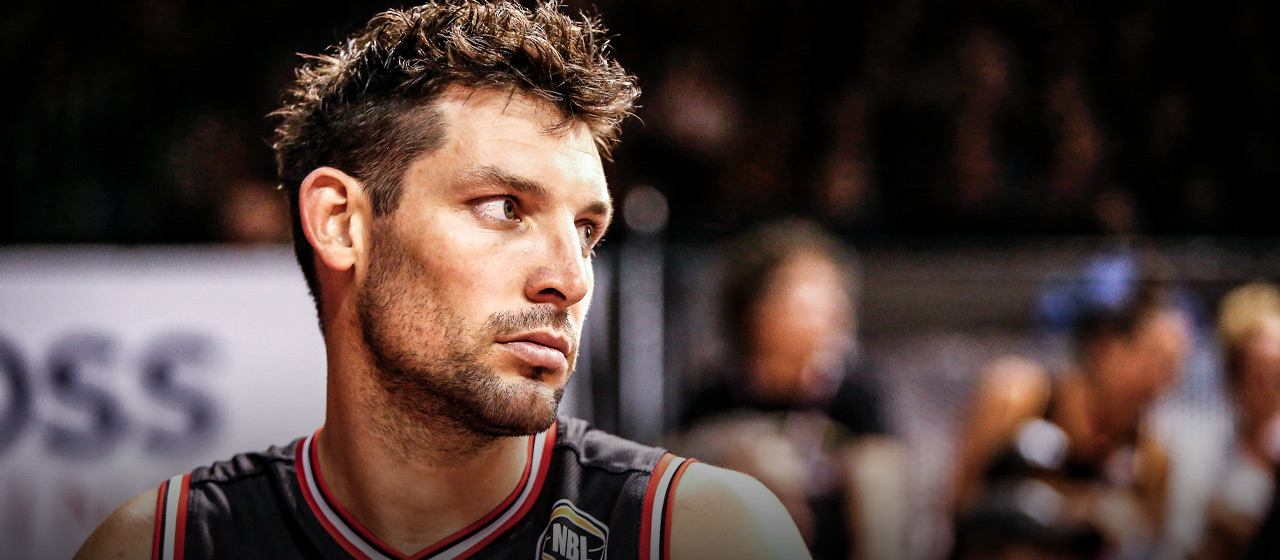
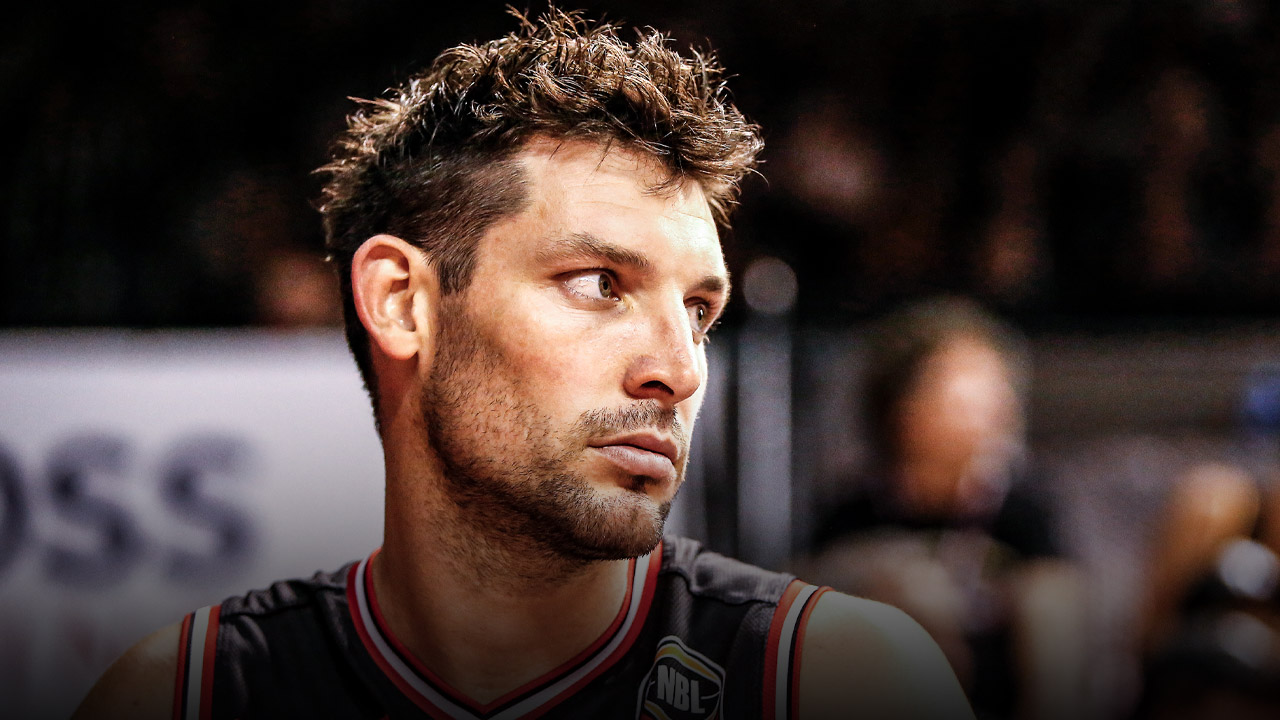
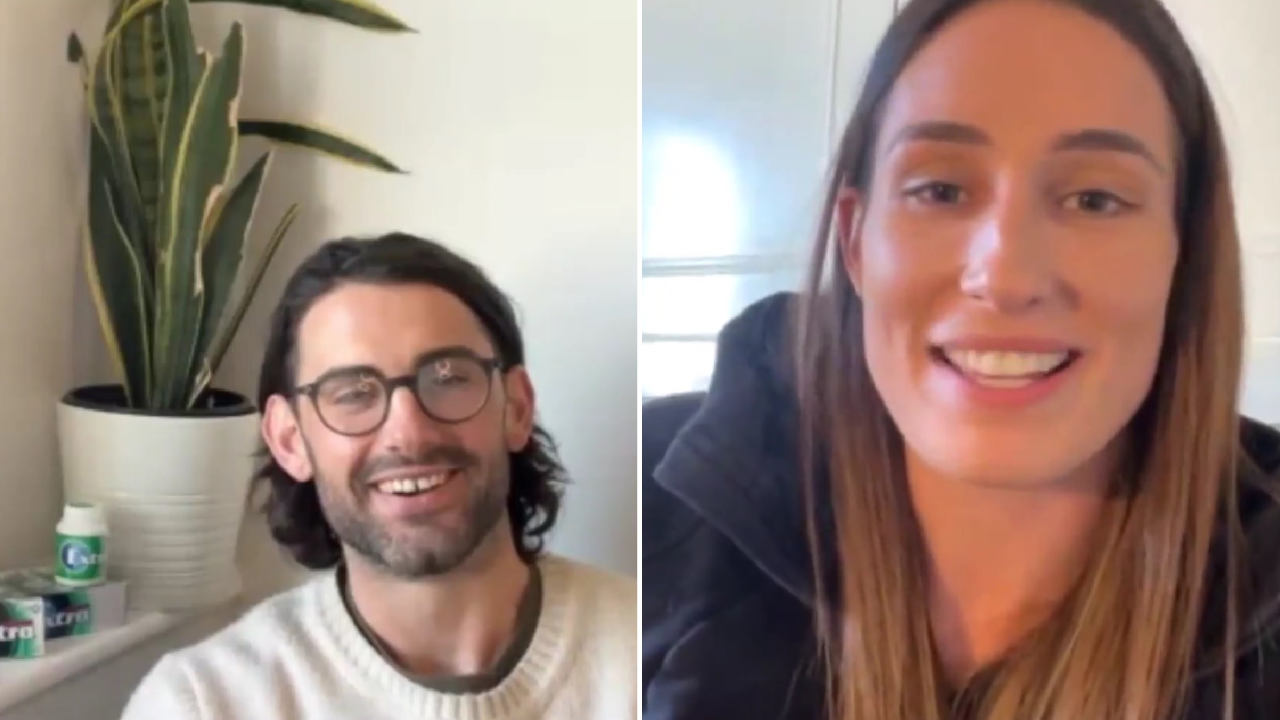
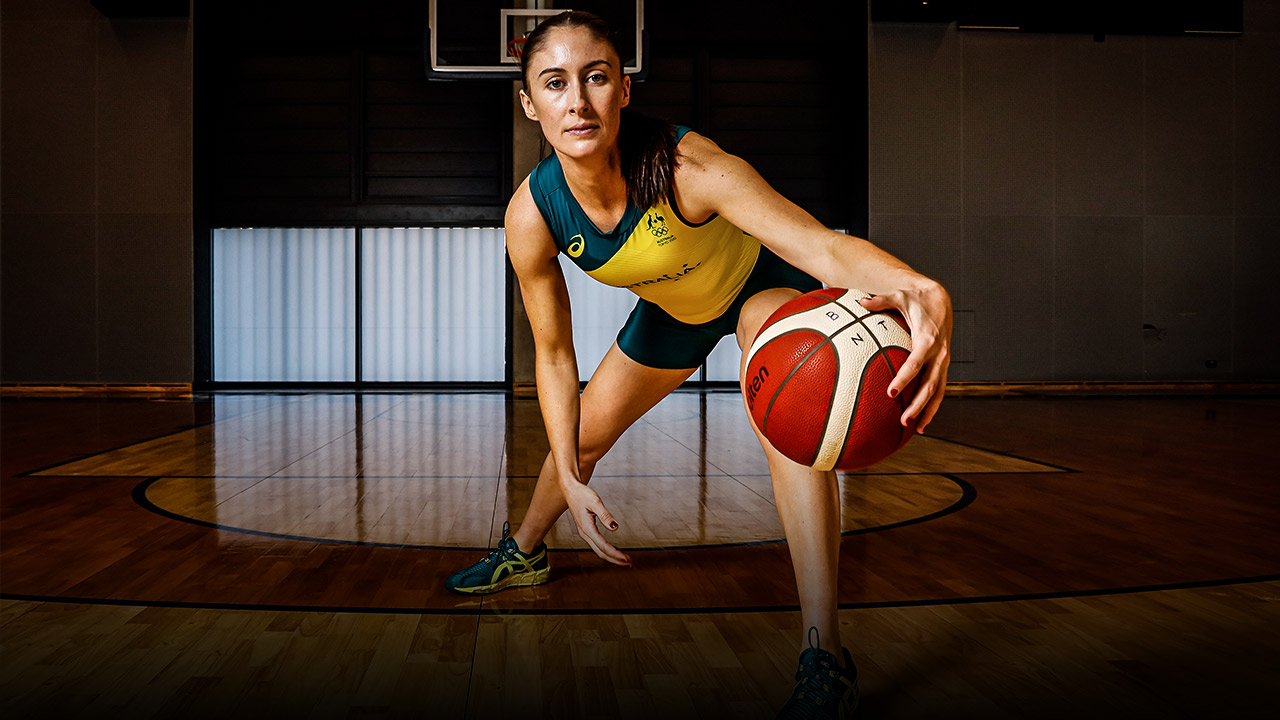
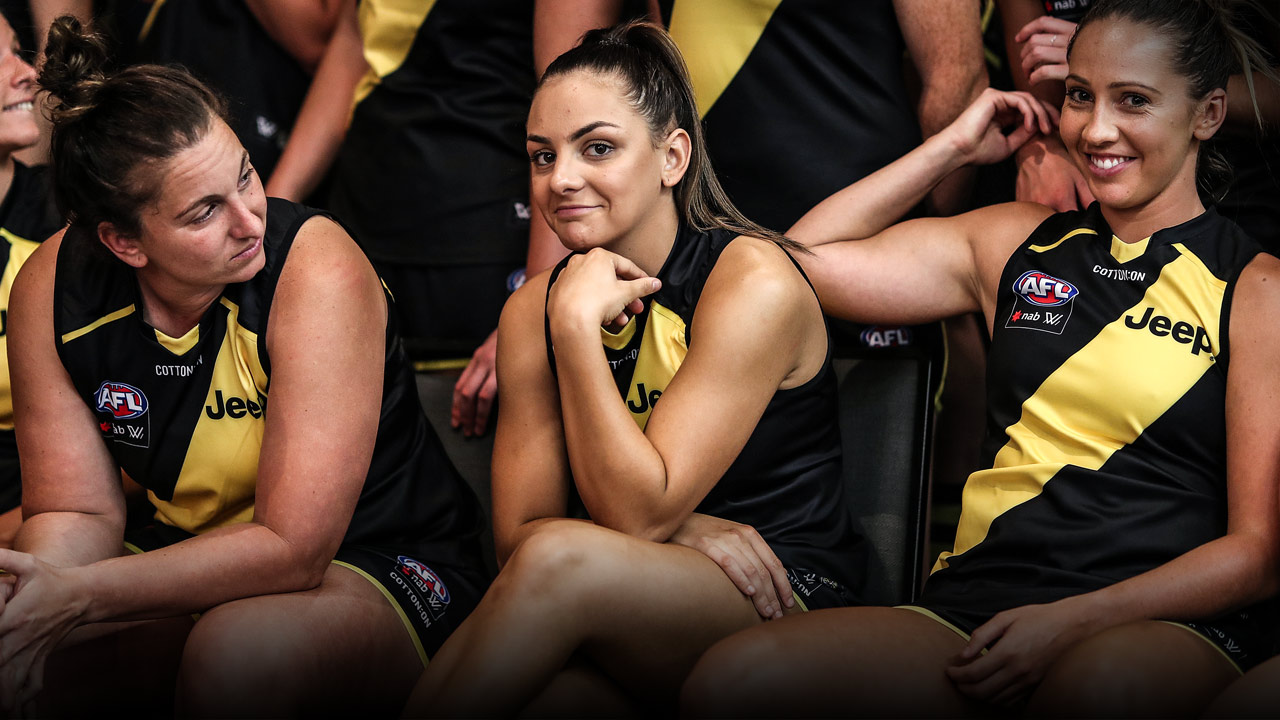
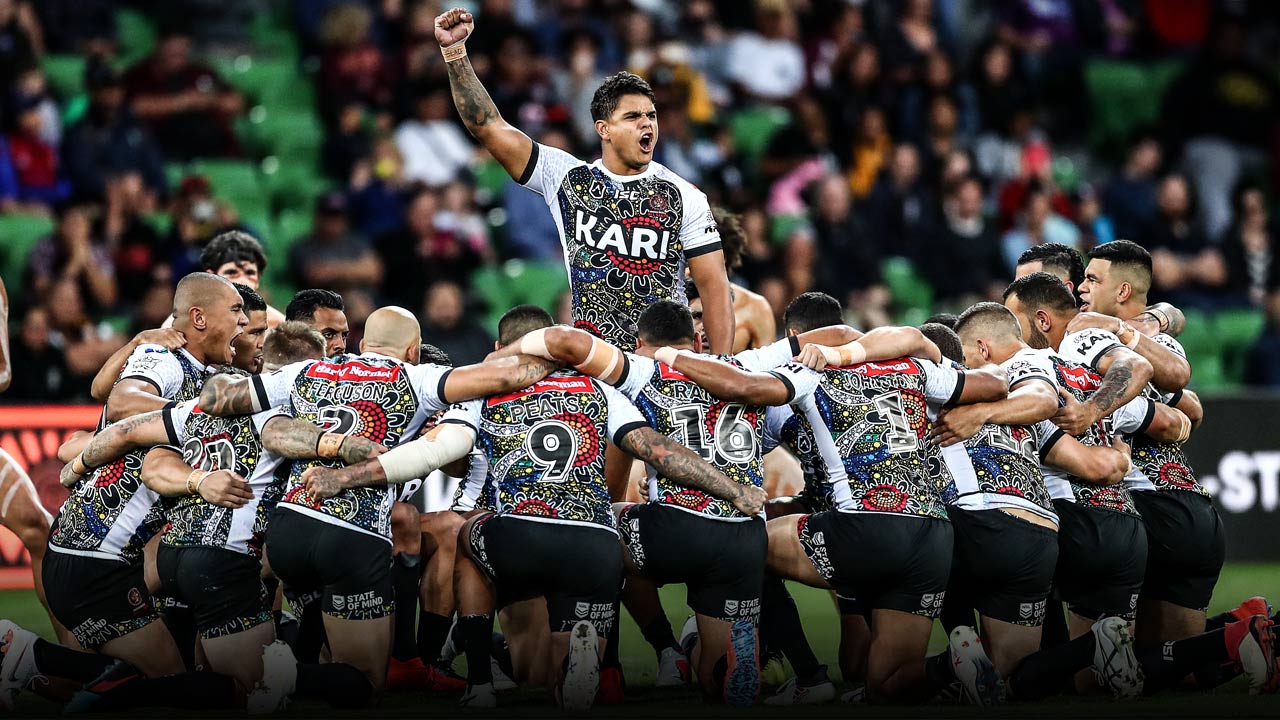
 Load More
Load More